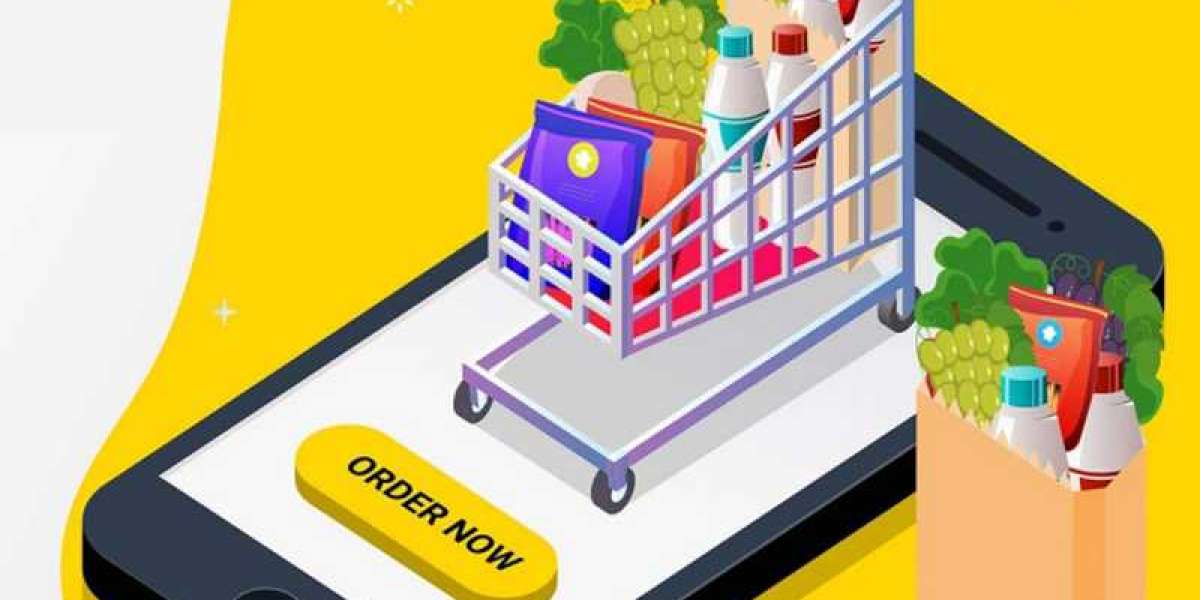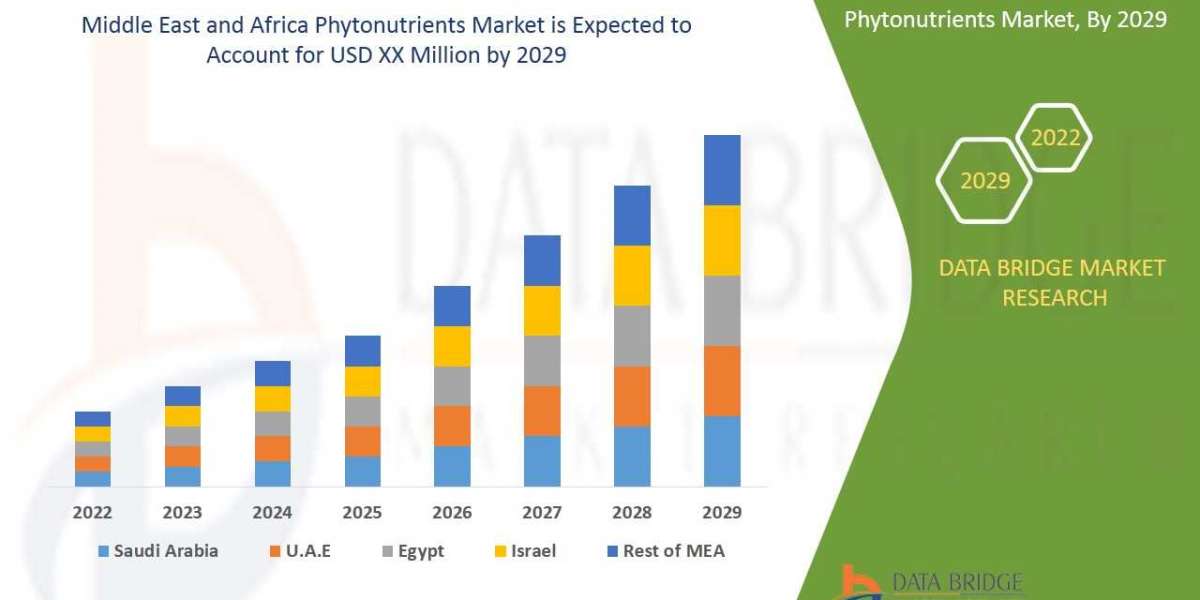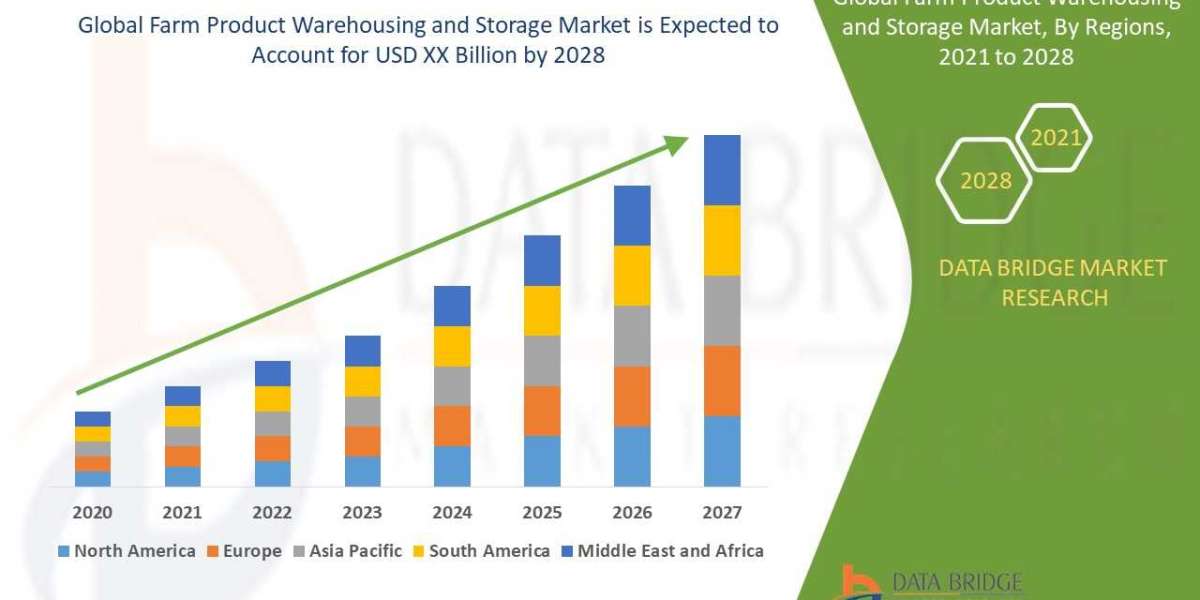In a world where speed and convenience have become paramount, the emergence of Quick Commerce (Q-Commerce) apps has redefined the way we shop and receive essential goods. These innovative platforms have not only revolutionized the retail industry but have also reshaped the entire e-commerce landscape.
The Need for Speed:
Quick Commerce apps, often referred to as Q-Commerce, epitomize the need for instant gratification in today's fast-paced world. These apps are designed to provide lightning-fast delivery of a wide range of products, including groceries, food, pharmaceuticals, and everyday essentials. With just a few taps on your smartphone, you can have your desired items delivered to your doorstep in a matter of minutes, and sometimes even seconds.
The Convenience Factor:
One of the primary driving forces behind the rapid adoption of Quick Commerce apps is convenience. These apps are designed to simplify the shopping experience, making it effortless for users to order whatever they need, whenever they need it. Whether it's a last-minute dinner ingredient, a prescription refill, or a snack for a movie night, Quick Commerce apps have made it possible to satisfy these needs without leaving the comfort of your home.
The Technology Behind Q-Commerce:
Quick Commerce apps are powered by cutting-edge technology, including robust mobile apps, optimized supply chain management, and sophisticated route optimization algorithms. These apps leverage geolocation and artificial intelligence to ensure that deliveries are not only quick but also efficient. They connect users with nearby stores or warehouses, and orders are picked, packed, and dispatched in record time.
The Range of Offerings:
The versatility of Quick Commerce apps is a key factor in their success. They offer a wide array of products, from fresh produce and cooked meals to electronics and household essentials. Many of these apps partner with local businesses to provide users with access to a diverse selection of goods. This diversity is a significant advantage for consumers who can find everything they need in one place, even during the busiest of days.
The Impact on Traditional Retail:
The rise of Quick Commerce apps has posed both challenges and opportunities for traditional retail. On one hand, brick-and-mortar stores face increased competition as consumers opt for the convenience of ordering online. On the other hand, many retailers have embraced the trend by partnering with Quick Commerce platforms, allowing them to expand their reach and serve a broader customer base.
The Future of Quick Commerce:
The future of Quick Commerce apps looks promising. As technology continues to advance, we can expect even faster delivery times, improved inventory management, and enhanced user experiences. Furthermore, Q-Commerce has the potential to extend beyond urban areas, making rapid deliveries accessible to more people around the world.
conclusion
In conclusion, you can create your own mobile app, Quick Commerce apps have emerged as a game-changer in the world of e-commerce, offering unparalleled speed and convenience to consumers. As these apps continue to evolve and adapt to changing consumer preferences, they are likely to play an even more significant role in the way we shop and access everyday essentials. Whether you're in need of a midnight snack or forgot an important ingredient for a recipe, Quick Commerce apps have you covered, delivering what you need at the speed of modern life.







